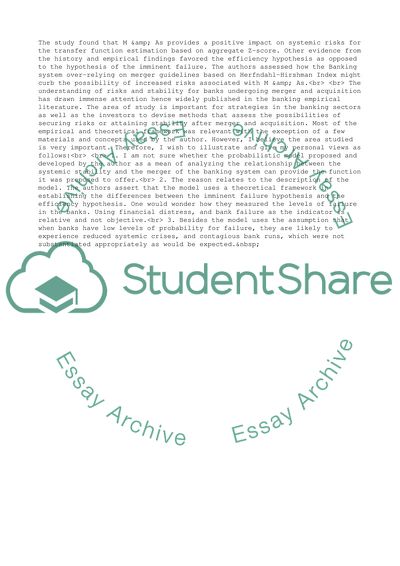Cite this document
(“Referee report Essay Example | Topics and Well Written Essays - 2500 words”, n.d.)
Referee report Essay Example | Topics and Well Written Essays - 2500 words. Retrieved from https://studentshare.org/business/1688356-referee-report
Referee report Essay Example | Topics and Well Written Essays - 2500 words. Retrieved from https://studentshare.org/business/1688356-referee-report
(Referee Report Essay Example | Topics and Well Written Essays - 2500 Words)
Referee Report Essay Example | Topics and Well Written Essays - 2500 Words. https://studentshare.org/business/1688356-referee-report.
Referee Report Essay Example | Topics and Well Written Essays - 2500 Words. https://studentshare.org/business/1688356-referee-report.
“Referee Report Essay Example | Topics and Well Written Essays - 2500 Words”, n.d. https://studentshare.org/business/1688356-referee-report.


